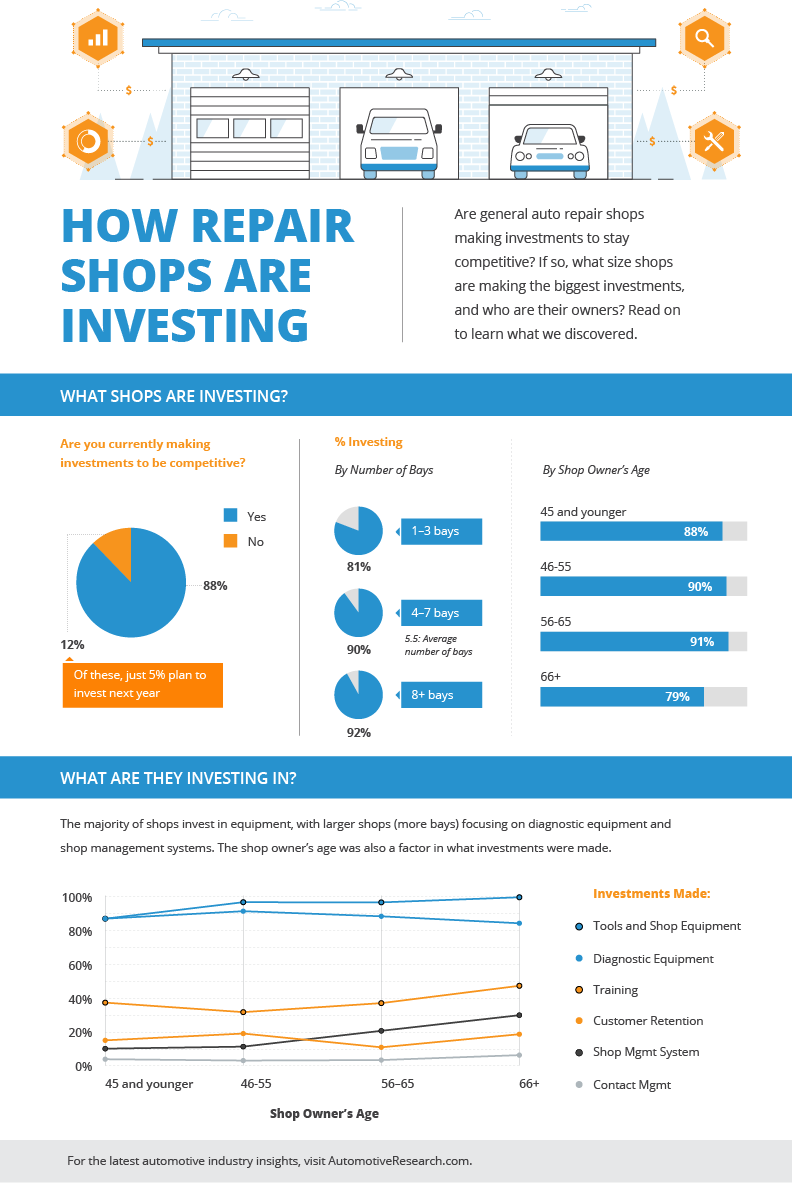Assessing Your Vehicle'S Warning Indicators: What They Really Communicate
Assessing Your Vehicle'S Warning Indicators: What They Really Communicate
Blog Article
Personnel Writer-Samuelsen Dalgaard
When you're behind the wheel, those glowing caution lights on your dashboard can be a bit difficult. Do you recognize what they're attempting to tell you about your cars and truck's health? Comprehending https://www.ratchetandwrench.com/articles/12549-fisher-auto-parts-acquires-lacava-and-sowersby of these lights is essential for your security and the longevity of your automobile. So, car groomers near me following time among those lights appears, would not you intend to understand its message precisely and take the needed steps to resolve it?
Common Caution Lighting and Interpretations
Recognize typical warning lights in your car and comprehend their definitions to ensure safe driving.
The most common warning lights consist of the check engine light, which signifies problems with the engine or discharges system. If this light comes on, it's critical to have your car checked quickly.
The oil stress advising light indicates reduced oil stress, calling for immediate focus to avoid engine damages.
A blinking battery light could suggest a faulty billing system, possibly leaving you stranded otherwise dealt with.
The tire stress tracking system (TPMS) light alerts you to low tire pressure, affecting vehicle stability and fuel efficiency. Neglecting this could result in harmful driving problems.
The abdominal light suggests a trouble with the anti-lock stopping system, jeopardizing your capability to stop rapidly in emergencies.
Finally, the coolant temperature level advising light warns of engine overheating, which can cause serious damages if not fixed promptly.
Recognizing these common warning lights will certainly assist you attend to concerns without delay and preserve secure driving conditions.
Relevance of Prompt Attention
Understanding the common caution lights in your car is just the initial step; the significance of immediately addressing these cautions can't be emphasized sufficient to ensure your safety and security when driving.
When a caution light brightens on your dashboard, it's your vehicle's means of connecting a potential issue that requires interest. Disregarding mobilecarwash can result in much more severe troubles down the road, compromising your security and potentially costing you a lot more out of commission.
Prompt attention to alerting lights can prevent malfunctions and crashes. For instance, a blinking check engine light can indicate a misfire that, if left neglected, could create damage to the catalytic converter. Resolving this immediately can save you from a costly repair work.
In a similar way, a brake system alerting light might signify low brake liquid or worn brake pads, vital elements for your safety and security when driving.
Do It Yourself Troubleshooting Tips
If you observe a caution light on your control panel, there are a couple of do it yourself troubleshooting pointers you can attempt prior to looking for expert assistance.
The initial step is to consult your cars and truck's handbook to understand what the specific warning light indicates. Occasionally the problem can be as easy as a loose gas cap causing the check engine light. Tightening the gas cap may deal with the problem.
Another common problem is a reduced battery, which can activate different warning lights. Checking the battery connections for rust and guaranteeing they're safe and secure may deal with the trouble.
If a caution light persists, you can try resetting it by detaching the cars and truck's battery for a few mins and afterwards reconnecting it. Furthermore, inspecting your lorry's liquid degrees, such as oil, coolant, and brake liquid, can aid repair cautioning lights associated with these systems.
Final thought
To conclude, understanding your vehicle's caution lights is vital for keeping your automobile running smoothly and securely. By immediately resolving these alerts and knowing what they suggest, you can stay clear of expensive fixings and possible malfunctions.
Bear in mind to consult your automobile's manual for specific details on each alerting light and act as necessary to ensure a hassle-free driving experience.
Stay informed, remain safe when driving!
